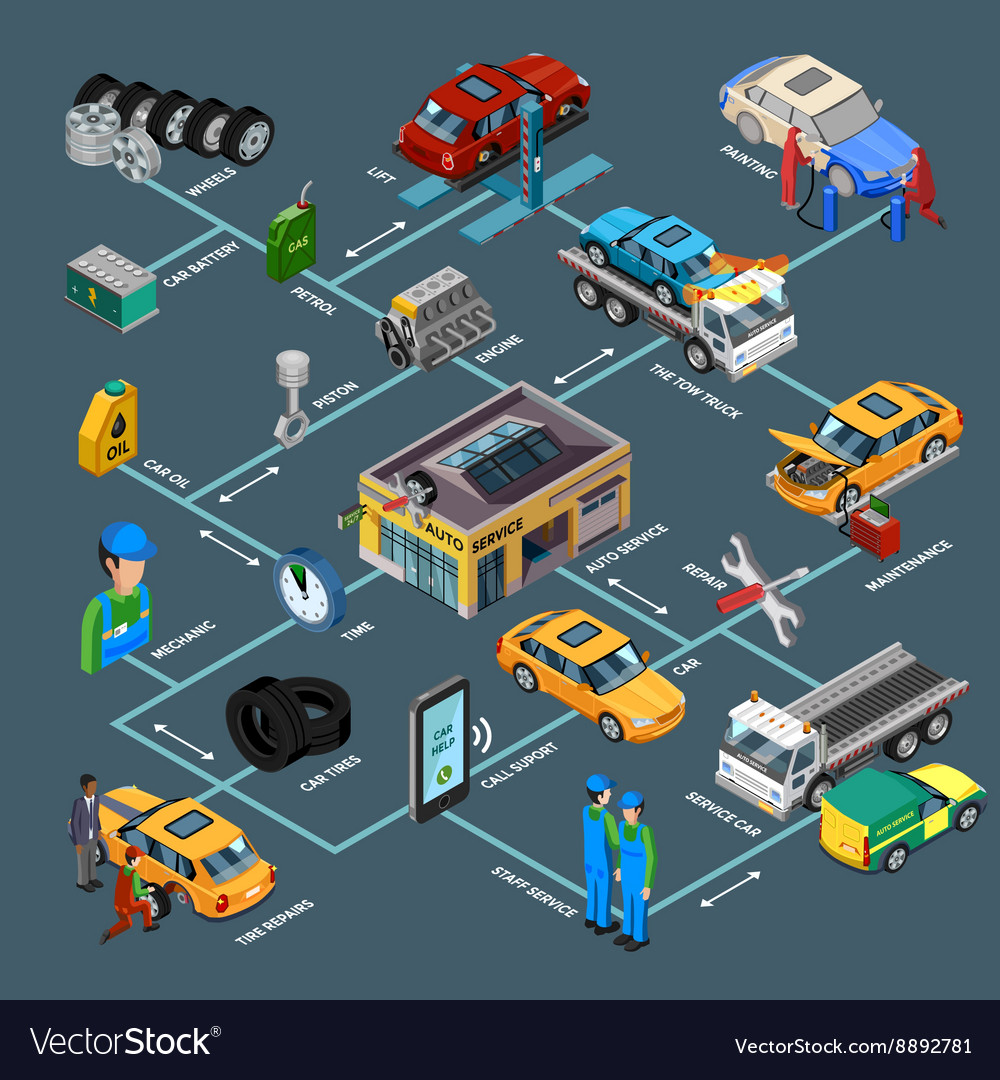Wondering Regarding The Definition Behind Those Control Panel Caution Lights? Gain Insights Into Their Ramifications For Your Car'S Security And Maintenance
Wondering Regarding The Definition Behind Those Control Panel Caution Lights? Gain Insights Into Their Ramifications For Your Car'S Security And Maintenance
Blog Article
Web Content Written By-Vinson Corbett
When you lag the wheel, those glowing warning lights on your dashboard can be a little bit difficult. Do you understand what they're attempting to tell you concerning your car's health? Comprehending the value of these lights is essential for your safety and the durability of your car. So, the next time among those lights pops up, wouldn't you intend to understand its message accurately and take the necessary steps to address it?
Common Caution Lighting and Interpretations
Recognize typical caution lights in your vehicle and comprehend their definitions to guarantee safe driving.
One of the most common warning lights consist of the check engine light, which indicates issues with the engine or exhausts system. If this light begins, it's essential to have your lorry inspected without delay.
The oil pressure alerting light indicates reduced oil pressure, requiring immediate interest to avoid engine damage.
A flashing battery light may suggest a faulty charging system, possibly leaving you stranded if not resolved.
Highly recommended Web-site (TPMS) light informs you to low tire stress, influencing vehicle stability and fuel efficiency. Disregarding this can cause risky driving conditions.
The ABS light indicates an issue with the anti-lock stopping system, jeopardizing your capacity to quit promptly in emergencies.
Finally, the coolant temperature level alerting light warns of engine getting too hot, which can lead to extreme damages if not resolved swiftly.
Understanding these usual warning lights will aid you deal with issues without delay and preserve risk-free driving conditions.
Relevance of Prompt Attention
Comprehending the typical caution lights in your vehicle is just the initial step; the significance of immediately resolving these warnings can not be highlighted sufficient to guarantee your security on the road.
When a warning light brightens on your dashboard, it's your cars and truck's method of communicating a potential issue that needs focus. Ignoring these cautions can cause more severe issues in the future, jeopardizing your safety and possibly costing you a lot more out of commission.
Trigger interest to warning lights can protect against malfunctions and crashes. For example, a blinking check engine light could suggest a misfire that, if left neglected, could trigger damage to the catalytic converter. Resolving this immediately can save you from a costly fixing.
In a similar way, a brake system alerting light may indicate low brake liquid or used brake pads, crucial components for your safety and security when driving.
Do It Yourself Troubleshooting Tips
If you notice a caution light on your dashboard, there are a few DIY fixing ideas you can attempt before seeking expert aid.
The first step is to consult your cars and truck's manual to understand what the certain warning light shows. Often the concern can be as simple as a loose gas cap activating the check engine light. Tightening the gas cap might fix the trouble.
https://codymhbwq.wssblogs.com/31310686/unclear-concerning-selecting-an-auto-service-center-discover-specialist-guidance-on-how-to-identify-trustworthy-alternatives-in-your-vicinity-that-will-certainly-reduce-your-issues is a low battery, which can cause numerous alerting lights. Inspecting the battery links for deterioration and guaranteeing they're safe and secure may deal with the problem.
If a warning light persists, you can try resetting it by separating the cars and truck's battery for a couple of minutes and afterwards reconnecting it. Additionally, checking your automobile's liquid levels, such as oil, coolant, and brake liquid, can aid fix cautioning lights related to these systems.
Conclusion
In conclusion, recognizing your car's caution lights is important for keeping your vehicle running smoothly and safely. By without delay dealing with these alerts and knowing what they mean, you can stay clear of costly repairs and prospective break downs.
Bear in mind to consult your automobile's guidebook for certain information on each advising light and do something about it as necessary to ensure a hassle-free driving experience.
Keep informed, stay secure when traveling!
